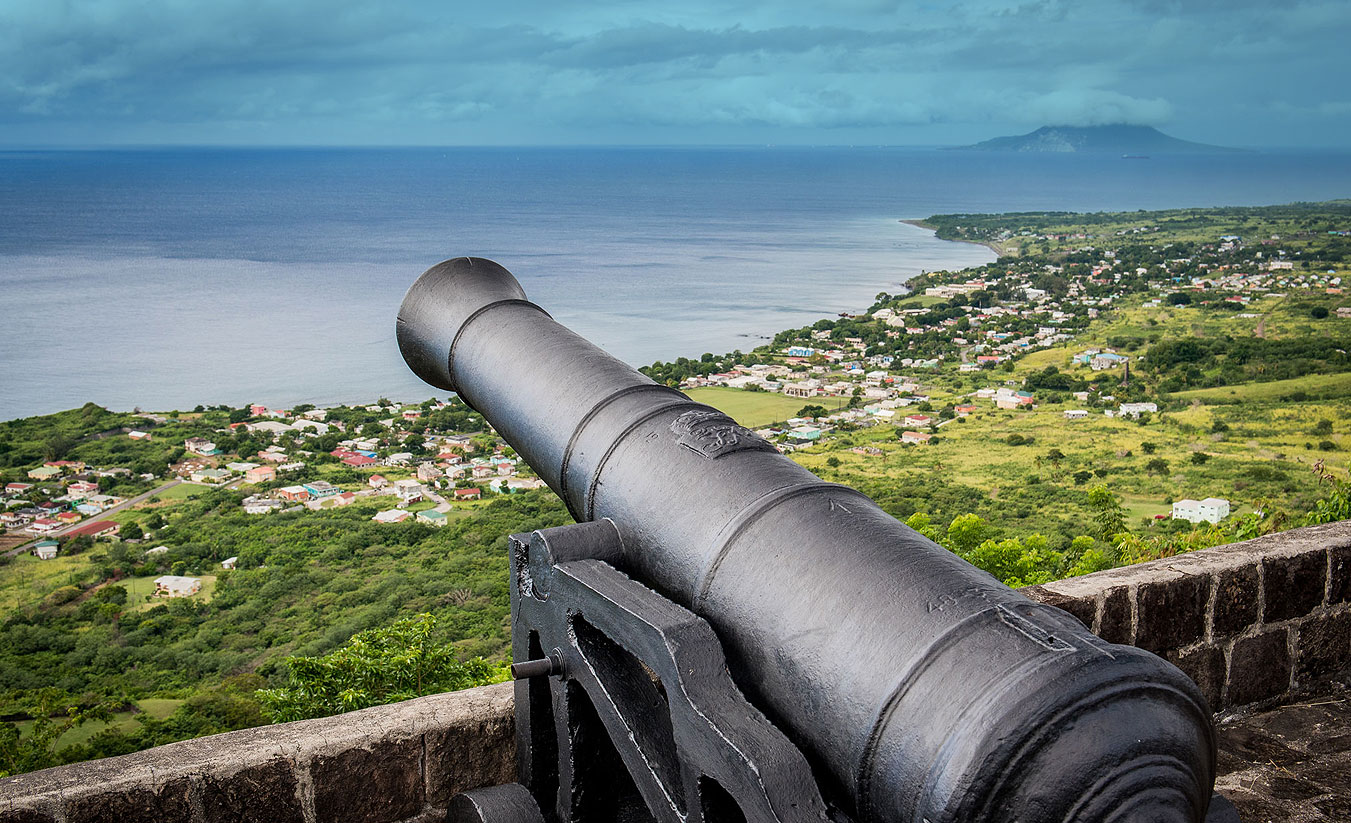On the 30th March 1859 the House of Assembly addressed Governor Robinson who was temporarily relinquishing his post as Governor-in-Chief of the Leewards and showed its appreciation for the numerous public works that have been executed, such as the supply of water from the mountains to the Town of Basseterre; and in connection therewith, the adornment of the Square with a handsome fountain and Garden; the Pier, The Treasury Building and Light House and the new Church of St. George’s” F. S. Wigley, J. S. Berridge, Archibald P. Burt, R. Challenger and W. Clukies constituted the committee that oversaw water project. The fountain was the monument to its successful completion. It was placed in the only open public space in Basseterre where every one could enjoy it. The figurines at the top of the fountain are decorative nymphs that were then gaining popularity in English country houses. They were inspired by the classical decorations of Italian villas The waste water from the fountain drained into a tank located on a piece of land called Greatheed land (on the corner of the Bay Road and Adlam Street.)
Piped water in Basseterre meant that people did not have to depend solely on water in cisterns. The project solved a problem that had plagued Basseterre for many years but the Committee also recognised that this was only the beginning. It’s report showed that the source at Olivees was not sufficient to provide water in times of drought. It also recognised that it would not provide enough water for it to be piped to individual houses and expressed concern that the stand pipes will cause deterioration of the roads in the town if people were not careful. The report recommended that, to meet the full needs of the town the source at nearby Johnson’s Estate should be tapped into and connected to the pipes already in place from Olivees.
The fountain had uses other than the decorative ones. An article in the St. Christopher Gazette of the 28th March 1862 reports The weather this week is still more sultry than the state we mentioned it to be in our former impression. Everything connected with animal subsistence seems to be suffering from the cause alone. And the want of water is so severely felt by all, that persons are now compelled to resort to the old custom of obtaining water from the many wells which were altogether abandoned on the erection of a fountain in Pall Mall Square and the opening of dams in town.
The fountain had become a major source of water for many in Basseterre. Its cool, refreshing, running water must have been like a magnet on hot dry days. However, as anticipated by the Committee, it was just the start of dealing with the problem of water in a densely populated urban area. On the night of the 2nd July 1867 a fire broke out in a bakery that was located on the corner of Central Street and West Square Street and quickly engulfed the town destroying over five hundred houses leaving close to 5000 persons homeless. Businesses came to standstill as their merchandise had been destroyed. The newly reconstructed St. George’s Anglican Church was a smouldering ruin. On this occasion the pipe bourn water that the fountain celebrated was, as predicted by the Committee ten years earlier, inadequate to deal with the calamity. Once again it took a major disaster to spur the Council into a decision to enhance the water supply to the overcrowded town.
Today with water reaching each individual household in Basseterre and with a decent Fire Service in operation, the significance of the fountain in Independence Square has been largely forgotten. Yet it continues to be a source of calm and tranquillity to the many people who pass through the square and especially to those to stop there to enjoy a few moments of gentle silence under the trees.




